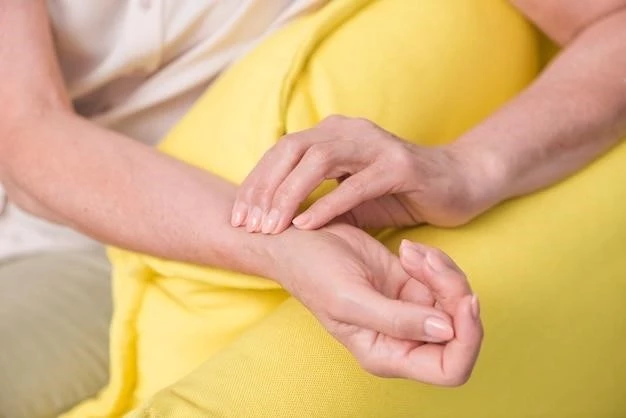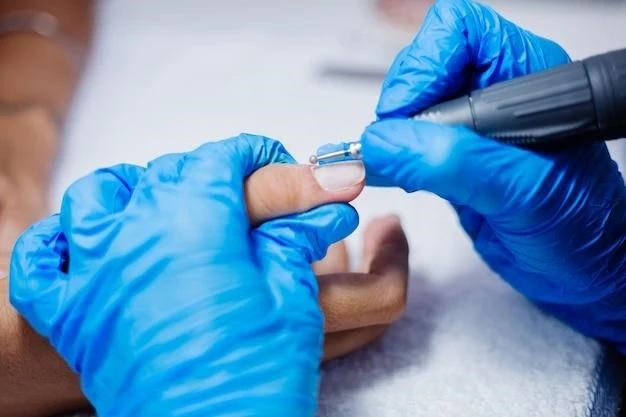Understanding Anonychia
Understanding the causes of Anonychia is essential for proper management and prevention. Genetic factors, trauma, infections, and underlying health conditions can contribute to this condition.
Causes of Anonychia
Anonychia, the absence of one or more nails, can be caused by various factors. In some cases, genetic conditions like ectodermal dysplasia or congenital malformations may lead to anonychia. Trauma to the nail bed, severe infections, or autoimmune disorders can also result in the loss of nails.
Additionally, nutritional deficiencies, specifically lacking in biotin or certain minerals like iron, can impact nail health and potentially lead to anonychia. Medical conditions such as psoriasis, lichen planus, or scleroderma can also affect nail growth and appearance.
Understanding the root cause of anonychia is crucial for appropriate treatment and management. Consultation with a healthcare provider or a dermatologist is recommended to diagnose the specific cause behind the condition and develop a suitable treatment plan.
Treatment Options for Anonychia
The treatment for anonychia depends on the underlying cause and the extent of nail loss; In cases where anonychia is due to trauma, addressing the injury and allowing the nail to grow back naturally may be sufficient.
If anonychia is caused by a genetic condition, managing the underlying disorder and providing nutritional support like biotin supplements can help promote nail growth. For cases related to infections, appropriate medical treatment to resolve the infection is necessary.
When anonychia is a result of autoimmune conditions, treatment involves managing the autoimmune disease to prevent further nail loss. Topical treatments, medications, or procedures like phototherapy may be recommended depending on the specific autoimmune disorder.
In situations where anonychia is irreversible or affects a significant portion of the nail bed, cosmetic solutions such as prosthetic nails or nail coverings can be utilized to improve the appearance of the nails.
It is vital to consult with a dermatologist or a healthcare provider to determine the best course of treatment for anonychia. They can provide tailored recommendations based on the individual’s unique circumstances and overall nail health.
Anonychia⁚ Symptoms and Diagnosis
Anonychia can manifest as the total absence or partial loss of nails. Individuals with anonychia may experience changes in nail texture, shape, or growth patterns. The condition might be accompanied by pain, sensitivity, or infections in the nail bed area.
Diagnosing anonychia involves a detailed assessment of the nails, medical history, and potential underlying factors. A dermatologist will examine the affected nails, inquire about any related symptoms, and may conduct tests to identify the specific cause of anonychia.
Diagnostic procedures such as nail plate biopsy, blood tests to check for nutritional deficiencies, or imaging studies like X-rays may be utilized to determine the root cause of the nail loss. It is crucial to seek professional medical evaluation for accurate diagnosis and appropriate management of anonychia.
If you notice unusual changes in your nails, persistent nail problems, or experience discomfort in the nail area, it is advisable to schedule a consultation with a healthcare provider promptly. Early diagnosis and intervention can help address anonychia effectively and prevent potential complications;
Preventing Anonychia
While some causes of anonychia are beyond one’s control, there are preventive measures that can help maintain healthy nail growth and reduce the risk of nail loss. Adequate nutrition plays a crucial role in promoting nail health; ensure a balanced diet rich in essential vitamins and minerals.
Protecting your nails from trauma is essential; avoid activities that may damage the nail bed and use proper safety measures when engaging in tasks that could lead to nail injuries. Keep nails trimmed and clean to prevent infections that may contribute to anonychia.
Moisturize your nails and cuticles regularly to maintain their strength and flexibility. Refrain from biting or picking at nails, as this can weaken them and increase the risk of nail-related issues. Wear gloves when exposing hands to harsh chemicals or prolonged moisture to safeguard nail health.
Regularly inspect your nails for any changes, such as discoloration, thickening, or abnormalities, and promptly seek medical attention if you notice any concerning symptoms. By adopting healthy nail care practices and being mindful of nail health, you can take proactive steps to prevent anonychia and promote overall nail well-being.
Anonychia in Children

Anonychia in children can pose unique challenges, requiring specialized care and attention. It can be congenital or acquired due to various factors like trauma or underlying health conditions. Early detection and intervention are crucial in managing anonychia in children.
Children with anonychia may experience difficulties with activities that involve manual dexterity or fine motor skills due to the absence of nails. It is essential to create a supportive environment that addresses their physical and emotional needs surrounding the condition.
Consultation with pediatric dermatologists or healthcare providers experienced in pediatric nail disorders is recommended for proper diagnosis and treatment planning. They can offer tailored solutions and guidance to help children with anonychia navigate challenges and maintain optimal nail health.
Parents and caregivers play a vital role in supporting children with anonychia, providing reassurance, encouragement, and practical assistance as needed. By working closely with healthcare professionals and implementing appropriate strategies, children with anonychia can lead fulfilling lives and manage the condition effectively.
Surgical Solutions for Anonychia
In cases where conservative treatments are insufficient or when anonychia affects an individual’s quality of life, surgical interventions may be considered to address the condition. Surgical solutions for anonychia aim to restore nail function and aesthetic appearance.
One common surgical approach for anonychia is nail reconstruction, which involves creating artificial nails using materials like silicone to cover the nail bed and mimic the natural nail appearance. This procedure can help improve the cosmetic aspect of the nails and enhance self-confidence.
In more severe cases of anonychia, surgical techniques such as nail transplantation or nail bed grafting may be undertaken to reconstruct the nail unit and stimulate nail growth. These procedures are typically performed by skilled dermatologic or plastic surgeons with expertise in nail surgery.
Prior to undergoing surgical solutions for anonychia, individuals should consult with healthcare providers to discuss the potential benefits, risks, and outcomes associated with the procedures. Post-operative care and follow-up appointments are essential for monitoring recovery and optimizing results.
By exploring surgical options in collaboration with qualified medical professionals, individuals with anonychia can make informed decisions regarding their treatment plan and pursue interventions that align with their goals for nail restoration and function.
Living with Anonychia⁚ Coping Strategies
Adjusting to life with anonychia can be challenging, but there are coping strategies that can help individuals adapt and maintain confidence in their appearance. Embracing self-care practices and seeking support from healthcare professionals and peers can make a significant difference.
Explore creative ways to adorn your nails, such as using nail art or decorations on surrounding skin areas to draw attention away from the absence of nails. Experimenting with different nail coverings or prosthetics can also provide options for enhancing the aesthetic appeal of your hands.
Engaging in activities that promote nail and overall well-being, such as maintaining a healthy diet, staying hydrated, and protecting your hands from potential injuries, can contribute to optimal nail health. Regularly moisturize your nails and cuticles to prevent dryness.
Seek emotional support from friends, family, or support groups to share experiences and feelings related to anonychia. Counseling or therapy can offer valuable tools for coping with any emotional challenges that may arise from living with the condition.
Remember that anonychia does not define your worth or identity. Focus on cultivating self-acceptance and resilience, building on your strengths and capabilities beyond physical appearance. By developing positive coping strategies and fostering self-confidence, you can navigate life with anonychia with grace and resilience.
Anonychia Research and Innovations
Ongoing research into anonychia aims to deepen our understanding of the condition, discover new treatment modalities, and explore innovative solutions to improve nail regeneration and function. Scientists and medical professionals are dedicated to advancing knowledge in this field to benefit individuals affected by anonychia.
Research efforts focus on identifying genetic factors associated with anonychia, investigating the role of stem cells in nail growth and regeneration, and exploring novel therapies to stimulate nail development. Cutting-edge technologies and genetic studies are paving the way for groundbreaking discoveries in the realm of nail disorders.
Medical innovations such as 3D-printed nail prosthetics, regenerative medicine approaches, and personalized treatments tailored to individual genetic profiles show promising potential in revolutionizing the management of anonychia. Clinical trials and collaborative research initiatives are instrumental in driving progress in this area.
Individuals with anonychia can stay informed about the latest advancements in research and seek opportunities to participate in studies or trials that may offer novel interventions. Engaging with healthcare providers who are knowledgeable about recent innovations can help individuals access emerging treatments and technologies.
By supporting research endeavors and staying informed about developments in anonychia research and innovations, individuals can contribute to the advancement of care for this condition and potentially benefit from future breakthroughs in nail restoration and healthcare. Stay proactive and engaged in the evolving landscape of anonychia research to explore new possibilities for treatment and management.
